Safety Gear: Empowering Lives, Transforming Risks into Confidence
Experience the transformative power of personal safety gear in your home—a silent guardian tha…….
We are At Your Service
In today’s complex and ever-changing world, personal safety has emerged as a paramount concern for individuals, communities, and governments alike. The global movement towards enhancing personal security has sparked a significant interest in the development and adoption of various safety products. From life-saving devices to innovative technologies, these products have not only equipped people with essential tools but also transformed societal perceptions and responses to potential hazards. This comprehensive article delves into the profound impact of personal safety products, exploring their historical evolution, global reach, economic implications, technological innovations, policy frameworks, challenges, and future prospects. By examining these aspects, we aim to provide a holistic understanding of how these products have made a tangible difference in ensuring individual well-being and fostering safer communities worldwide.
Definition: Personal safety products encompass a diverse range of tools, devices, and systems designed to protect individuals from various forms of harm, injury, or insecurity. This includes items that prevent physical dangers, promote self-defense, facilitate emergency communication, and enhance overall security for people in their daily lives.
Core Components:
Personal Alarms and Self-Defense Devices: These range from simple whistle devices to advanced electronic personal alarms and pepper spray, enabling individuals to deter potential attackers and attract attention during emergencies.
Emergency Communication Tools: Mobile phones, smart watches, and dedicated emergency response devices equipped with GPS tracking allow users to quickly connect with emergency services or trusted contacts in case of distress.
Security Systems for Homes and Offices: This category includes surveillance cameras, security alarms, access control systems, and intrusion detection devices that safeguard properties and deter potential intruders.
Safety Gear and Protective Clothing: Items such as helmets, high-visibility vests, and specialized protective clothing are designed to mitigate physical risks in various work environments and during outdoor activities.
Emergency Preparedness Kits: These kits contain essential supplies for survival, first aid, and self-defense, enabling individuals and communities to prepare for natural disasters or emergency situations.
Historical Context: The concept of personal safety products has evolved significantly over the past century. Historically, self-defense was primarily based on physical prowess and traditional tools like swords or staves. With advancements in technology, the 20th century saw the introduction of modern personal safety devices, such as portable alarms and emergency beacons. The rise of globalization, urbanization, and digital connectivity has further fueled the demand for sophisticated safety products that cater to a wide range of security concerns.
Significance: Personal safety products play a pivotal role in empowering individuals to take control of their well-being. They provide peace of mind, enhance self-confidence, and contribute to a sense of security in an increasingly complex world. By addressing various aspects of personal safety, from physical harm to emergency response, these products have become indispensable tools for people across different demographics.
The influence of personal safety products is felt worldwide, with varying trends and priorities across regions. Here’s a glimpse into the global landscape:
| Region | Key Trends | Unique Challenges |
|---|---|---|
| North America | High adoption rates of smart home security systems and advanced personal tracking devices. Increasing focus on active shooter training and preparedness. | Strict privacy laws necessitate innovative data protection measures in safety technology. |
| Europe | Growing demand for integrated smart city security solutions, including public safety apps and connected infrastructure. Strong emphasis on environmental sustainability in safety products. | Diverse cultural and legal landscapes require adaptable product designs and marketing strategies. |
| Asia Pacific | Rapidly expanding market for wearable safety devices, particularly in Japan and South Korea. Increasing awareness of personal safety among younger generations. | Addressing cultural taboos related to self-defense and personal tracking in some societies. |
| Latin America | Rising adoption of basic personal safety tools, such as alarms and emergency apps, due to economic growth and increasing urban populations. | High rates of violence against women and children necessitate specialized safety products tailored to these issues. |
| Middle East & Africa | Growing demand for rugged outdoor safety gear due to challenging terrains and climate conditions. Increasing investment in security technology startups. | Limited access to advanced technologies in remote areas, requiring targeted distribution strategies. |
These regional variations highlight the diverse needs and preferences of different societies, shaping the development and marketing of personal safety products. As global connectivity increases, there is a growing trend towards standardization and interoperability of these products to ensure seamless communication and compatibility across borders.
The market for personal safety products is a significant economic sector, influenced by various factors:
Market Dynamics: The global personal safety product market was valued at USD 147.5 billion in 2020 and is projected to grow at a CAGR of 8.2% from 2021 to 2028 (Source: Grand View Research). This growth is driven by increasing urban populations, rising income levels, and growing awareness about personal security.
Investment Patterns: Private equity firms and venture capitalists have shown substantial interest in startups developing innovative safety technologies, particularly in the areas of smart home security, wearable devices, and emergency response solutions.
Economic Impact: The industry contributes to economic growth by creating jobs, stimulating research and development, and driving innovation. Moreover, personal safety products help reduce societal costs associated with crime, accidents, and emergency responses.
Role in Economic Systems: These products are integral to various economic sectors, including consumer electronics, healthcare, security services, and insurance. They also influence e-commerce trends as online shopping platforms integrate safety features to enhance customer experiences.
Technological innovations have been a driving force behind the evolution of personal safety products, leading to more efficient, effective, and user-friendly solutions:
IoT (Internet of Things) Integration: Smart home security systems that utilize IoT enable remote monitoring, automated responses, and seamless integration with other smart devices. For instance, Ring (an Amazon company) offers a range of video doorbells, security cameras, and alarms that connect to users’ smartphones, providing real-time alerts and video footage.
Wearable Technology: Fitness trackers, smartwatches, and dedicated safety beacons embedded with GPS and communication capabilities offer users continuous protection and peace of mind. These devices can detect falls or other emergencies and automatically send alerts to emergency contacts.
Artificial Intelligence (AI) and Machine Learning: AI enhances security systems by enabling advanced analytics, pattern recognition, and predictive modeling. For example, facial recognition technology can identify known criminals or suspicious behavior in public spaces, while machine learning algorithms adapt to individual user behaviors for personalized safety profiles.
Biometric Authentication: Fingerprint, facial, and iris recognition technologies provide secure access to personal devices and accounts, ensuring that only authorized users can access sensitive information or control safety equipment.
5G Networks: The rollout of 5G technology promises faster data transmission rates, enabling real-time communication for emergency services and enhancing the performance of IoT devices, leading to more efficient safety solutions.
The development and use of personal safety products are subject to various policies and regulations that ensure consumer safety, privacy, and responsible innovation:
Data Privacy Laws: Strict data protection regulations like GDPR in Europe and CCPA in California require companies to obtain user consent for data collection and processing, ensuring transparent handling of personal information.
Product Safety Standards: Organizations such as UL (Underwriters Laboratories) and EN (European Norms) set safety standards for various products, including electrical safety, mechanical resilience, and chemical composition, ensuring product reliability and performance.
Communication Regulations: Laws governing emergency services communication ensure that devices like mobile phones and emergency beacons function effectively during critical situations.
Export Controls: International trade regulations restrict the export of certain advanced safety technologies to maintain national security and prevent dual-use technology from falling into malicious hands.
Industry-Specific Guidelines: Sectors such as healthcare and transportation have unique regulatory frameworks that address specific safety concerns, ensuring compliance with industry-specific standards.
Despite their numerous benefits, personal safety products face several challenges and criticisms:
Privacy Concerns: The collection and transmission of personal data by smart devices and security systems raise privacy issues. Companies must implement robust data protection measures and provide transparent policies to gain user trust.
Technical Failures and Malfunctions: Devices may experience technical glitches, false alarms, or battery failures, leading to potential safety risks. Rigorous testing and quality control are essential to minimize such incidents.
Accessibility and Affordability: Advanced safety technologies can be expensive, limiting their availability to lower-income groups. Efforts should be made to make these products more accessible and affordable to ensure equitable access to safety measures.
Misuse or Abuse of Technology: Personal tracking devices or surveillance systems could potentially be used for stalking, harassment, or invasion of privacy if not properly regulated and used ethically.
Cultural Resistance to Certain Technologies: In some societies, cultural norms and taboos may hinder the adoption of certain safety products, such as body cameras or personal tracking devices. Sensitivity to local customs is crucial when introducing new technologies.
Singapore has become a global leader in smart city initiatives, including the integration of personal safety technology. The country’s National Digital Innovation Office (NDIO) has launched various projects to enhance public safety using IoT, AI, and data analytics. One notable example is the “Smart Shield” project, which utilizes surveillance cameras equipped with facial recognition technology to detect and alert authorities about potential criminal activities in real time. This system has improved response times for emergency services and reduced crime rates in targeted areas.
Lessons Learned: Successful integration of safety technology requires a holistic approach that considers data privacy, community acceptance, and collaboration between government agencies and technology providers.
In regions with harsh climates and challenging terrains, outdoor workers often require specialized safety gear. A case in point is the development of durable, waterproof wearable devices designed to track workers’ locations, monitor vital signs, and send emergency alerts in remote areas. These devices have been instrumental in saving lives during search and rescue operations and preventing accidents in construction sites and mining operations.
Lessons Learned: Tailoring safety products to specific industry needs and environmental conditions can significantly enhance worker safety and survival rates.
Several communities worldwide have adopted emergency response applications that enable citizens to quickly connect with local emergency services. These apps leverage GPS technology and community volunteers to provide real-time updates on incidents, direct responders to affected areas, and facilitate citizen-to-citizen support during disasters or critical situations. For example, the “Zello” app gained popularity during the COVID-19 pandemic as a means of coordinating local response efforts.
Lessons Learned: Community-driven initiatives can leverage technology to foster resilience and enhance local emergency response capabilities, particularly in areas with limited government resources.
The future of personal safety products looks promising, with several emerging trends shaping the industry:
5G and IoT Integration: The rollout of 5G networks will enable faster data transfer rates, improving real-time communication for emergency services and enhancing the performance of IoT devices. This integration will lead to smarter, more responsive safety systems.
AI and Predictive Analytics: Advanced AI algorithms will play a pivotal role in predicting potential hazards, such as natural disasters or criminal activities, enabling proactive safety measures. Personalized safety profiles based on individual behaviors and preferences will become the norm.
Biometric Authentication and Privacy: Biometric technologies will continue to evolve, offering more secure and user-friendly access control systems. Simultaneously, addressing privacy concerns through robust data protection measures and transparent practices will be essential to gain public trust.
Sustainable Safety Products: There will be a growing emphasis on environmentally sustainable safety gear and devices, incorporating eco-friendly materials and energy-efficient designs.
Personalized Safety Solutions: With the proliferation of data and advanced analytics, safety product manufacturers will offer increasingly tailored solutions to meet individual needs, preferences, and risk profiles.
The journey of personal safety products has been a testament to human ingenuity and our relentless pursuit of a safer world. From simple whistles to sophisticated AI-driven systems, these products have empowered individuals, communities, and governments alike to take control of their security. As technology continues to advance, the industry must navigate challenges related to privacy, ethics, and accessibility while embracing emerging trends that promise enhanced safety and resilience.
By delving into the global impact, economic considerations, technological innovations, policy frameworks, and future prospects, this article has provided a comprehensive view of how personal safety products have made a difference. As we look ahead, it is crucial to foster collaboration between technology developers, policymakers, and end-users to create an environment where innovation thrives while ensuring the well-being and security of all individuals worldwide.
Q: How do I choose the best personal safety product for my needs?
A: The choice depends on your specific requirements and risk factors. Consider your daily activities, environment, and potential hazards. Research different products, read reviews, and compare features to find the most suitable solution for your personal safety needs.
Q: Are there any laws or regulations I should be aware of when purchasing and using personal safety devices?
A: Yes, data privacy laws, product safety standards, and communication regulations are essential considerations. Ensure that the products you choose comply with relevant local and international standards to protect your rights as a user. Stay informed about any updates or changes in these regulations.
Q: Can wearable safety devices truly enhance my outdoor adventure experiences?
A: Absolutely! Wearable technology designed for outdoor enthusiasts offers advanced tracking, navigation, and emergency communication features. These devices can provide peace of mind, improve response times during emergencies, and contribute to a safer and more enjoyable outdoor experience.
Q: How do I ensure the privacy and security of my data when using smart home security systems?
A: Reputable companies prioritize data protection. Look for secure connections (HTTPS), encryption protocols, and transparent privacy policies. Regularly update software and change default passwords to enhance security. Monitoring your data usage and access permissions can also help maintain control over your personal information.
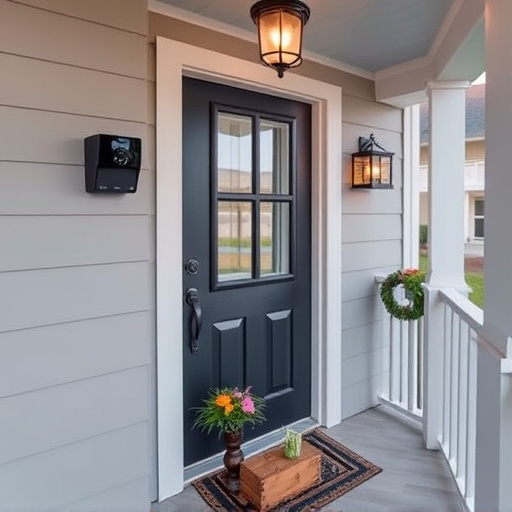
Discover the personal protection impact that transforms your home into a sanctuary of safety and pea…….
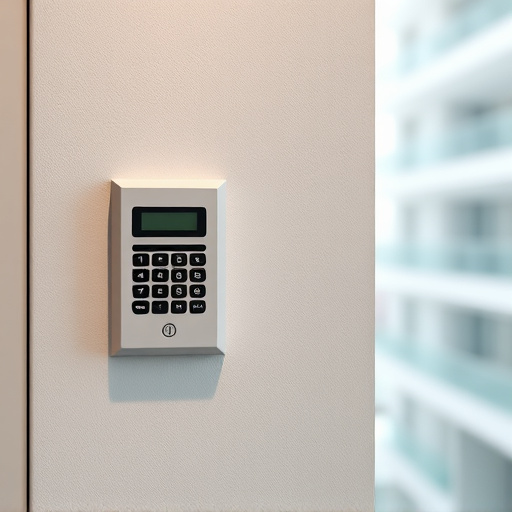
Personal safety stories are transforming lives by empowering individuals to take control of their we…….
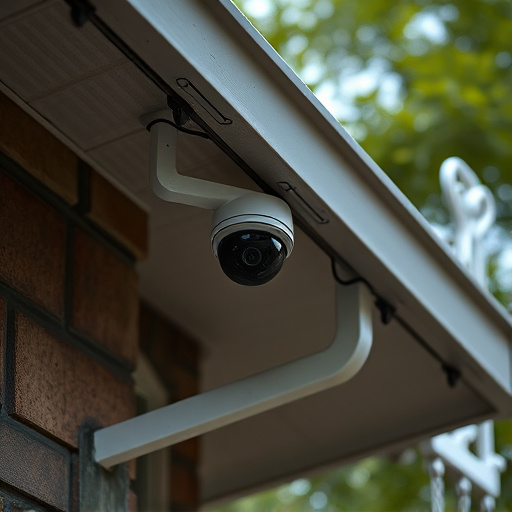
Experience unparalleled peace of mind with cutting-edge personal protection gear (PPG) that transfor…….

Experience the real-life safety impact that transforms your daily routine into a haven of tranquilit…….
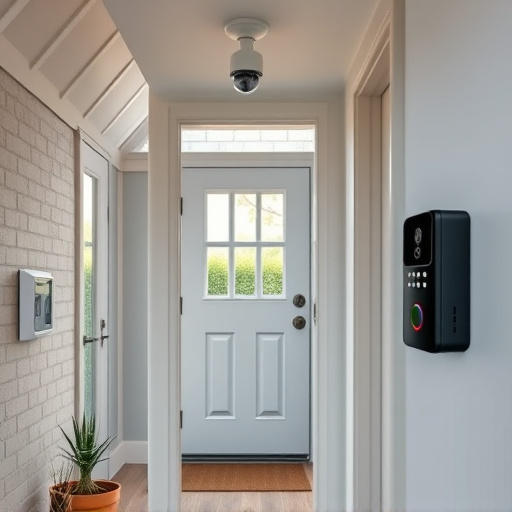
Experience the empowering calm of a secure home, thanks to personal protection gear that goes beyond…….
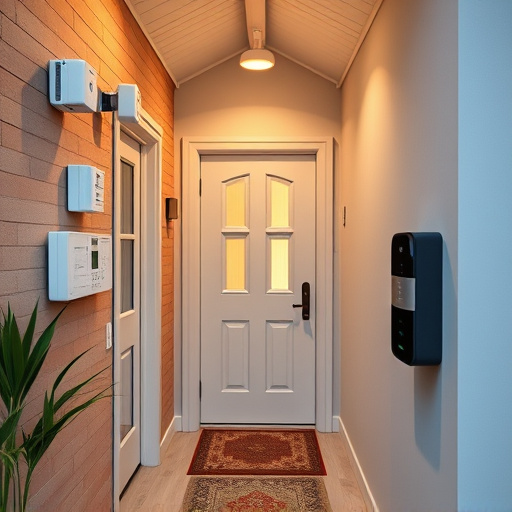
Experience the transformative power of personal safety stories that showcase how innovative gear can…….